Saturday, June 28th 2025
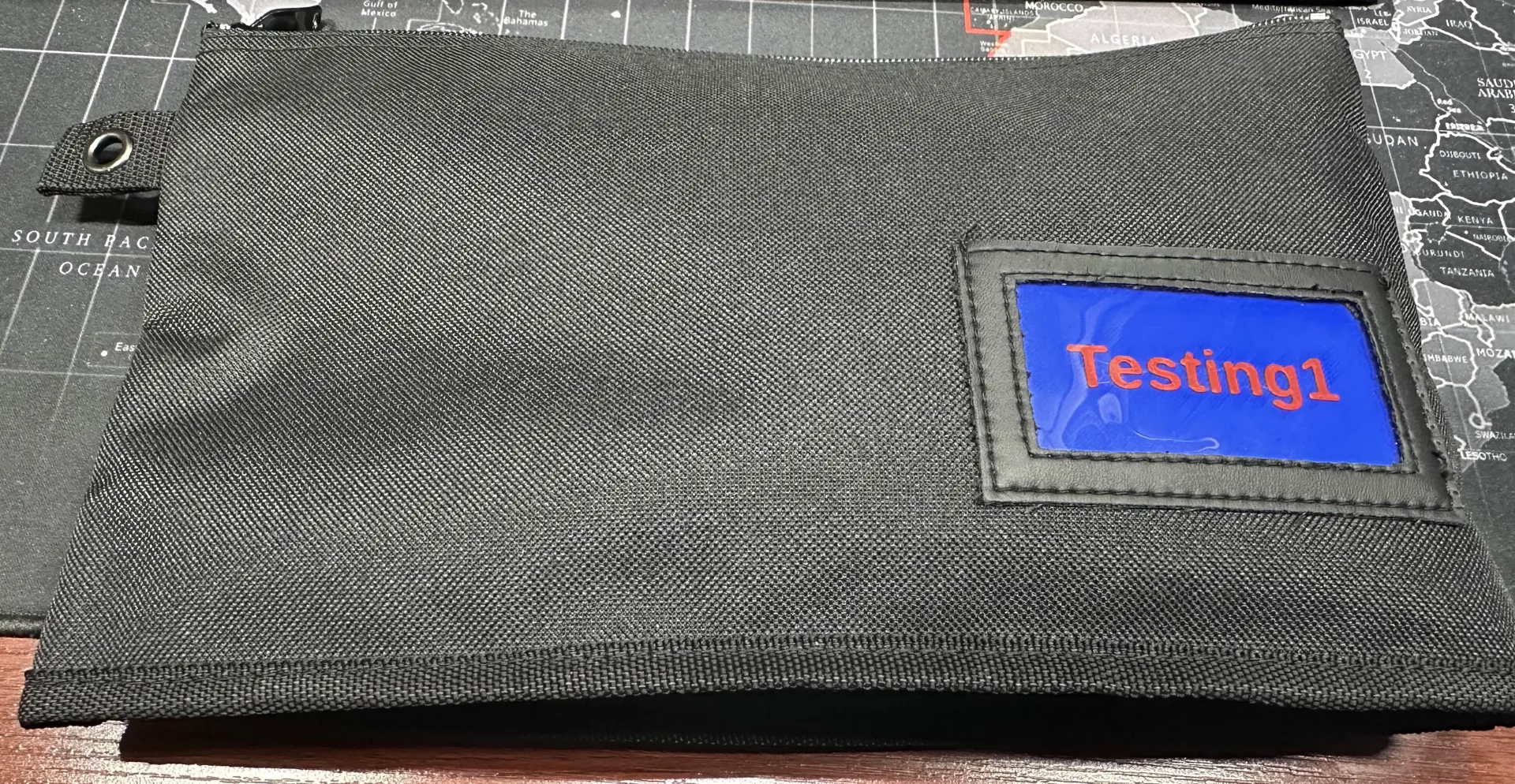
I have a lot of small cables, sorting and organizing them has been a nightmare. I stumbled across a solution, a 12in Yukon Zipper Bag at Harbor Freight. The bag was perfect for my needs. It includes a grommeted hang tag and vinyl label window. I designed a model for to make labels for the bags. I now have all my cables now organized in bags, hanging up in our office space. I decided to take my work a step further and share with the community a parametric generator these tags. For those who may not be aware of parametric generators. They're 3D models that allow you to customize them without needing to know how to use a CAD program. You can find my creation over at Maker World.
Categories: 3D Modeling
Tags: 3d-printing
Sunday, June 22nd 2025
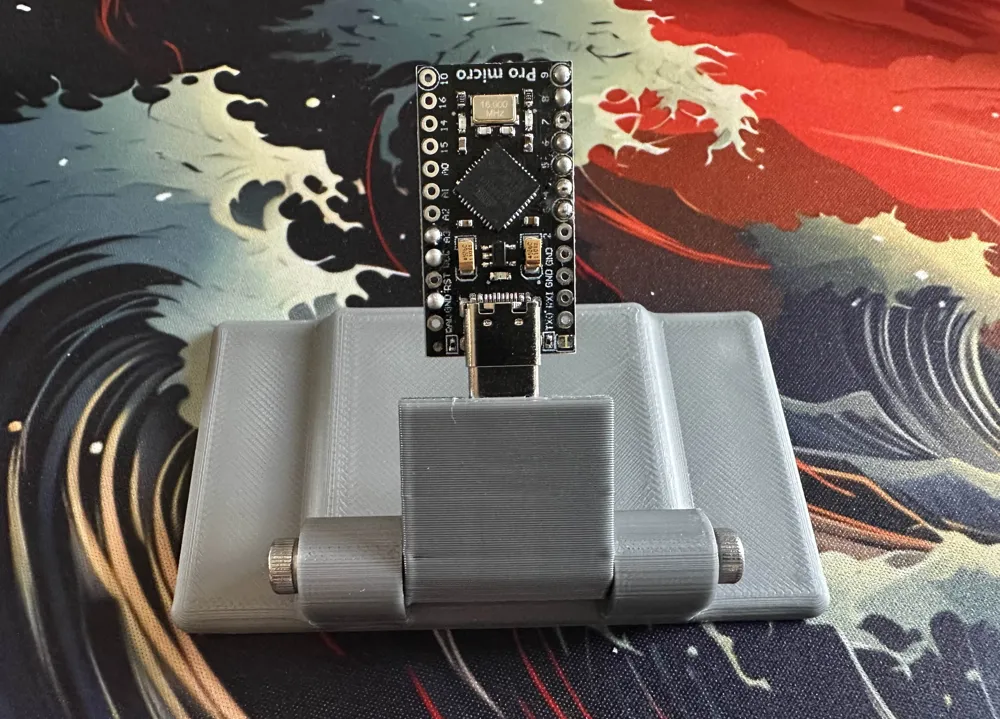
Have you ever struggled with holding development boards while trying to soldering wires to them? I created a simple fixture that helps solve this problem. Plug in your USB C development board into the fixture you're working on and let the tool do the holding. The side ears allow for clamping the fixture to a work table or surface. Note this model does require additional hardware (see bill of materials) and assembly. Once assembled, the connector will need to be glued in with CA glue. You can find my creation over at: Maker World. Enjoy!
Bill of Materials
- USB C Male Connector x 1
- M4 x 20 Screw x 2
Categories: 3D Modeling
Tags: 3d-printing, electronics
Sunday, June 15th 2025
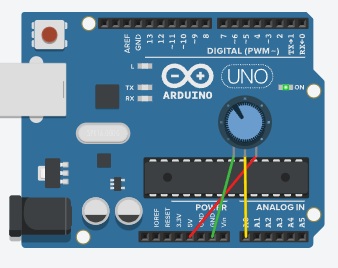
Having trouble getting stable analog readings from a noisy component? There's several ways to resolve this. Either through additional hardware (capacitor) or through software. Recently, I had such case. Thought I would share a quick-tip on how to solved this through software. The solution is pretty easy. Just take multiple readings and average them before returning the result. Take a look at the sample code below. I hope this helps resolve your noise!
// average 4 readings for stable reading
value = (analogRead(curPin) + analogRead(curPin) + analogRead(curPin) + analogRead(curPin)) / 4;
Categories: Arduino, Quick Tips
Tags: electronics, programming
Saturday, February 1st 2025

This week I've been playing with PICO-8. It's a really interesting game console. For my first game I built a partial clone of the Atari 2600 classic "Fishing Derby." With PICO-8's unique environment you can create simple games in a matter of hours. It reminds me so much of coding on TRS-80 or C64. The LUA scripting language is very quick to pickup and learn. Anyways, enjoy my first game below. Hopefully have more to come.
Categories: Game Development
Tags: pico-8, programming
Sunday, January 26th 2025
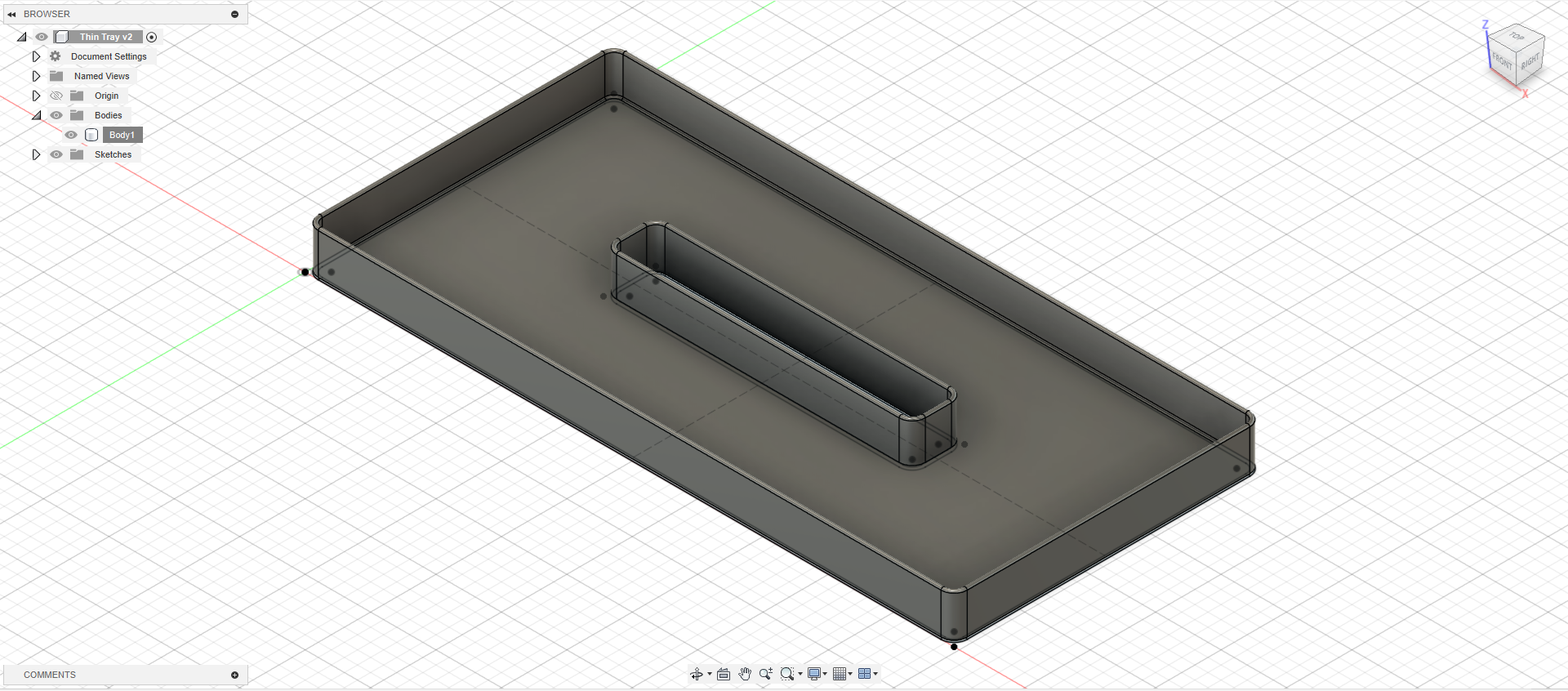
I've been working on organizing some measuring tools for use when 3D modeling. In the past I have used these plastic ammo cans sold by Harbor Freight Tools as tool boxes. They are a great solution, however is there's no way to divide the space (tools I use regularly and tools I don't use often). So I thought why not make my own tool tray to accomplish this? This model takes advantage of the built in contours at the top of the case for a press fit without any modifications to the ammo box. This is one of my first designs in Autodesk Fusion. I'm starting to get the hang of it. I've made my design available for free on Maker World. Print yours today!
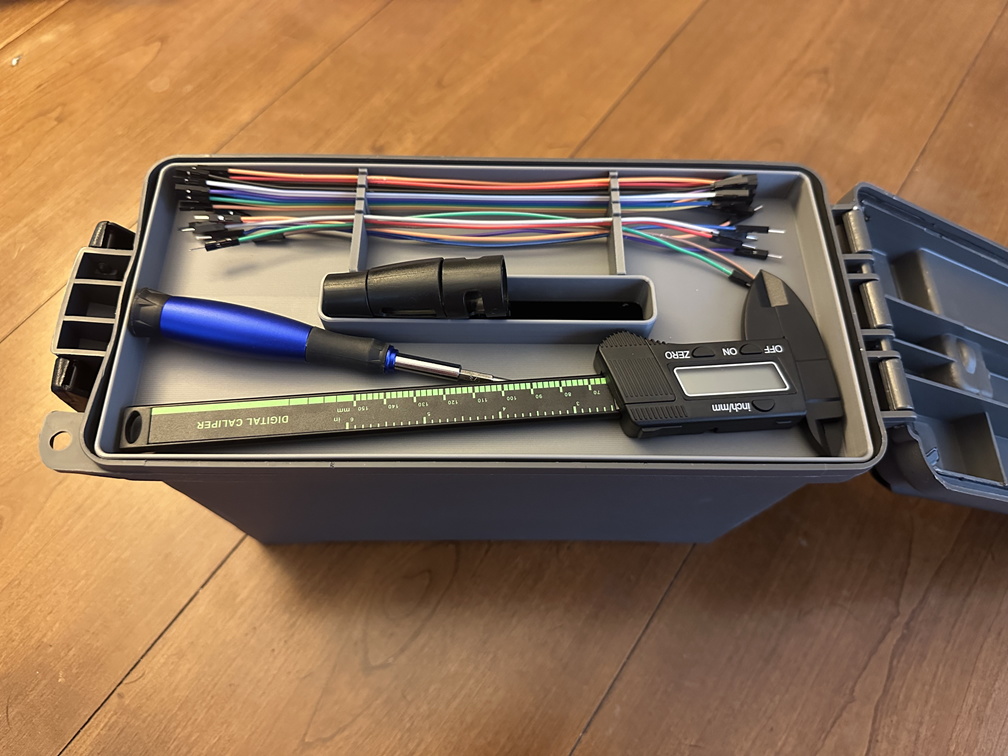
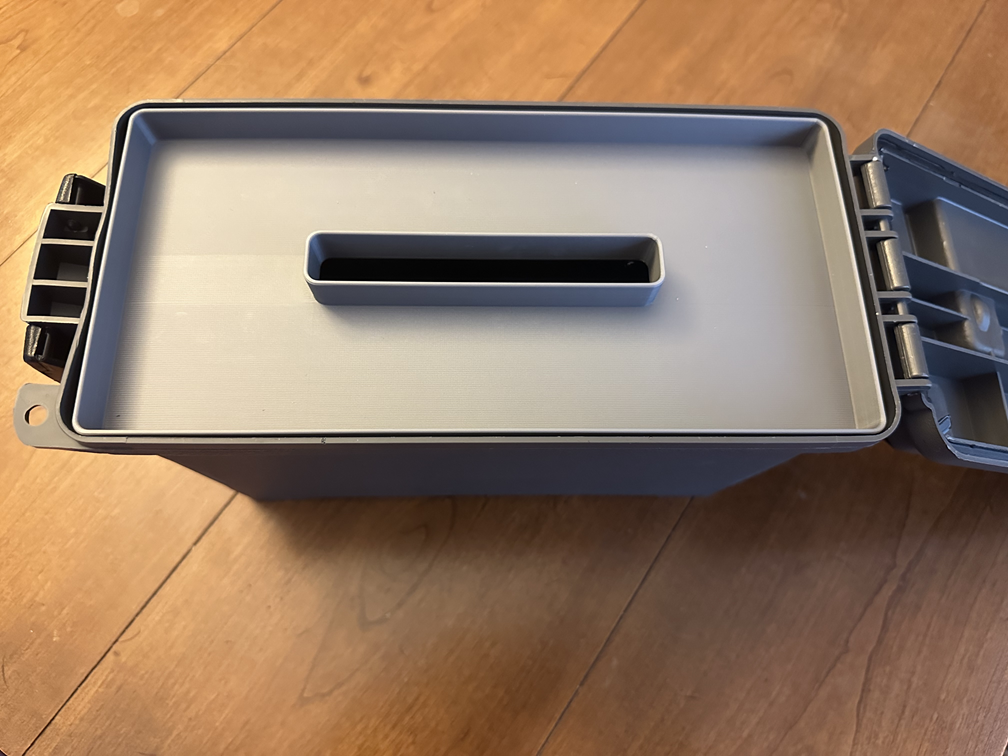
Categories: 3D Modeling
Tags: fusion






